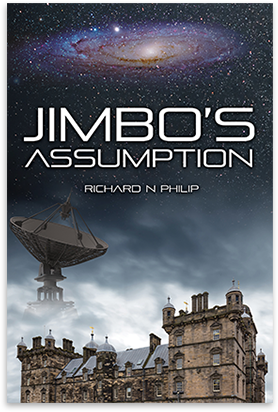
Robert Hooke
A plethora of geniuses feature in Jimbo’s Assumption, a few familiar even now, while the accomplishments of many more have faded with the passage of time. One such wizard was Robert Hooke.
Active during the 17th century and a little beyond, Hooke was a polymath, a person with knowledge in diverse fields. From a family of Anglican priests, his early life was undoubtedly an impoverished one, but his energy and intellect gained him both wealth and status.
An inheritance from his father was wisely invested in an education, attaining fluency in Latin and Greek, and geometry. I think the latter led him to mechanics, a field he studied assiduously over his life.
At Oxford, his fascination with the sciences was kindled. He assisted an upcoming physicist and chemist, Robert Boyle, several years older. Together, they explored pneumatics and pumps. Hooke may have elaborated the maths of Boyle’s Law, which defines the relationship between the pressure and volume of a confined gas. A fundamental notion.
Timekeeping was a challenge in Hooke’s era, leading him into horology and the design of accurate watches. One output, now known as Hooke’s Law and familiar to young physics students, states that the deformation of a spring by a given distance varies linearly with the applied force.
Hooke participated at the Royal Society, now a longstanding scientific academy, early in its existence, becoming Curator, responsible for experiments.
Unusually, a beneficiary of the Great Fire of London, his skills as an architect engaged in the reconstruction provided a healthy income. Not just a designer but an arbiter of disputes and a visionary. He imagined London being rebuilt as a grid, a system later used in Paris and commonly in the United States. In London he worked with Christopher Wren, another polymath, devising a method to construct the iconic dome of St Paul’s Cathedral. A story for another day.
Our time is consumed. No room for Hooke’s myriad of interests: microscopes and telescopes, gravitation, geology and palaeontology, physiology, surveying and the mapmaking that made him an early city planner. Allegedly, an early observer of Jupiter’s large and persistent anticyclonic storm, the Great Red Spot. Undoubtedly a scholar who contemplated the cosmos.
Much more to be found in Jimbo’s Assumption. Take a look.
Post Views : 314